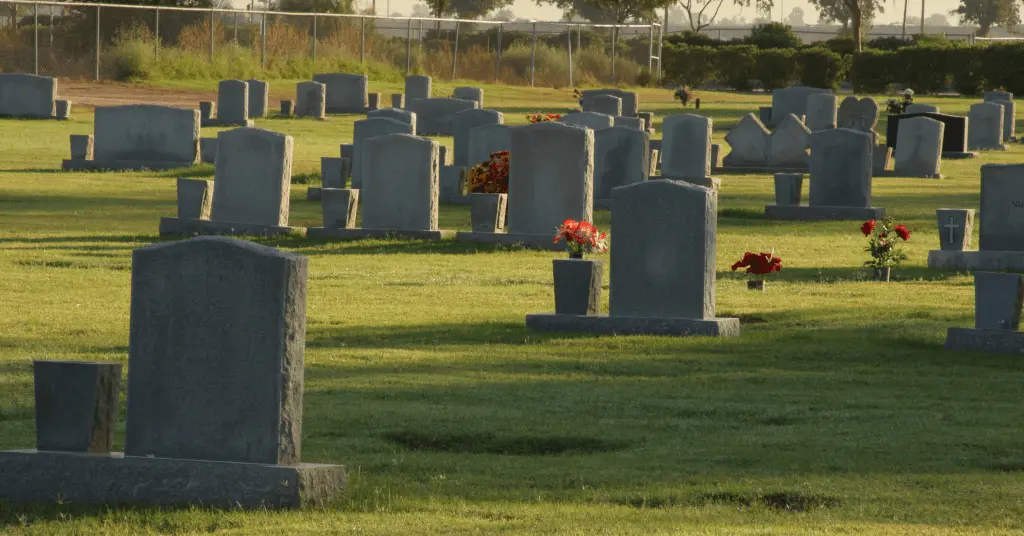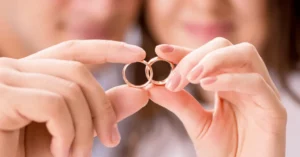AI Answer Evaluation Platform Live Now. Try Free Answer Evaluation Now
Grave Robbery
Grave robbery, tomb robbery, or tomb raiding are all words for the act of digging up a grave, tomb, or crypt in order to take valuables. It is frequently done to steal priceless antiques or personal things and sell them for profit. The word “corpse snatching,” which indicates the contested or unlawful removal of a body (rarely from a cemetery), may also be used to describe the theft of solely the organs. Grave robbery has made researching history, art history, and archaeology considerably more difficult.[1]

Grave robbery in context
Several odd cemetery sites and tombs were looted before archaeologists could study them. Regardless of the procedure, the archaeological environment, combined with the historical and anthropological material, is destroyed[2]. Looting ruins the memory of the old world by converting its best creative works into baubles that are torn from their historical context and eventually lose all relevance.[3]
Unidentified grave robbers typically deal in relatively recent valuables and artifacts on the black market. Individuals who have been intercepted are likely to challenge their guilt before a public hearing. The majority of the items make their way into private collections, while some may also find their way into academic institutions or museums.[4]
Grave robbery, the American Medical School, and Black Cemetery
In the nineteenth century, students from American medical institutions grabbed newly buried African people’s remains so they could be studied.
Cultural Background. They were the perfect anatomists’ victims because of their remoteness from other people and their dreary impotence. A proponent of anatomical dissection from 1788 New York is described by him as declaring that “the only subjects feasible for dissection are the products of Africa or their descendants… if such traits are the primary topics of dissection, obviously no one can dispute.”
Family and communities naturally objected, and free blacks requested in a 1788 petition that medical students not visit their graves. Tomb robbing decreased over time when state governments legalized the dissection of unclaimed bodies. The anatomical law was established in Massachusetts in 1831 and in New York in 1854.
Several jurisdictions did not impose such limitations until the late 19th or early 20th century, and even then, authorities may have chosen to overlook graves. Archaeologist James M. Davidson According to a study published in the International Journal of Historical Archaeology, tomb robbery in African American cemeteries near Dallas lasted into the early 1900s. Even Dr. Charles Rosser, one of Baylor’s founders, highlighted tomb robbery in his memoirs as an “event of everyday routine” that went unreported to local law enforcement during the institution’s early years.[5]
The degree to which black people’s bodies were unconscionably utilized in medical treatments has been meticulously explored throughout history. One part of this is grave robbery itself. Yet, the dehumanization of the deceased in the name of medical advances needs to be taken into consideration.
“For far too long, their loss remained unremembered and unmourned, with their own flesh and bone wasted by different means: by tossing them in the city’s sewers, by shallow burial in empty lots, by dumping them on the streets, or by their cremation with household rubbish,”[6] Davidson says. Due to casual racism, all of this led to the entire elimination of identity and dignity, and it was all done in the name of science.
See Also
References
[1] Daniel (1950), p. 11
[2] Atwood (2004), p. 9
[3] Anatomy and Punishment in Late Eighteenth-Century New York By: Steven Robert Wilf Journal of Social History, Vol. 22, No. 3 (Spring, 1989), pp. 507-530 Oxford University Press
[4] Huffer, Damien; University, Stockholm; Graham, Shawn (2017). “The Insta-Dead: The rhetoric of the human remains trae on Instagram”. Internet Archaeology (45). Doi:10.11141/ia.45.5
[5] P. T. Barnum, Joice Heth and Antebellum Spectacles of Race By: Benjamin Reiss American Quarterly, Vol. 51, No. 1 (Mar., 1999), pp. 78-107 The Johns Hopkins University Press
[6] “Resurrection Men” in Dallas: The Illegal Use of Black Bodies as Medical Cadavers (1900—1907) By: James M. Davidson International Journal of Historical Archaeology, Vol. 11, No. 3 (September 2007), pp. 193-220 Springer




